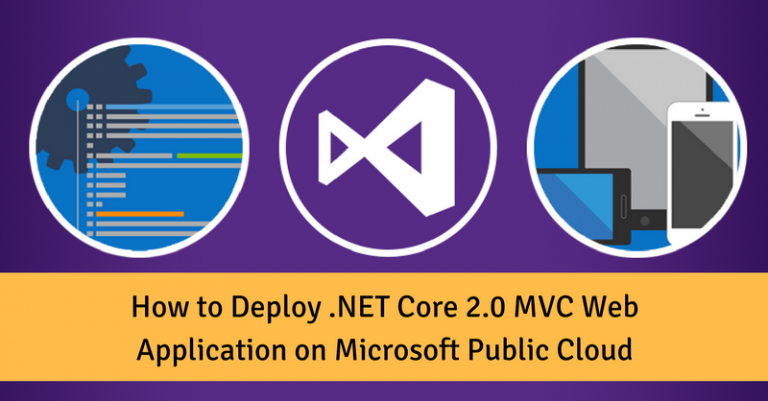Git: changing global user name and user email
How to set the global user name and user email for git? We may be asked to set our global user name and user email if it is the first time that we use git on a machine: Your name and email address were configured automatically based on your username and hostname. Please check that…

